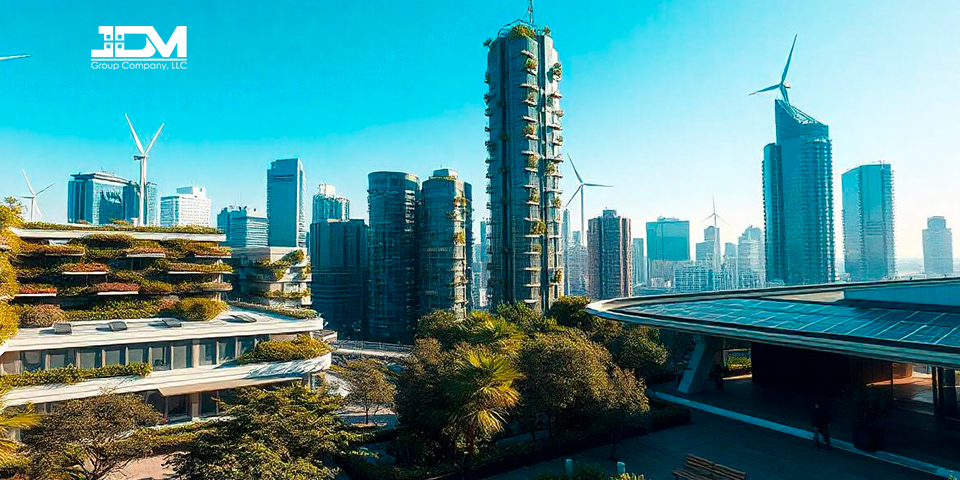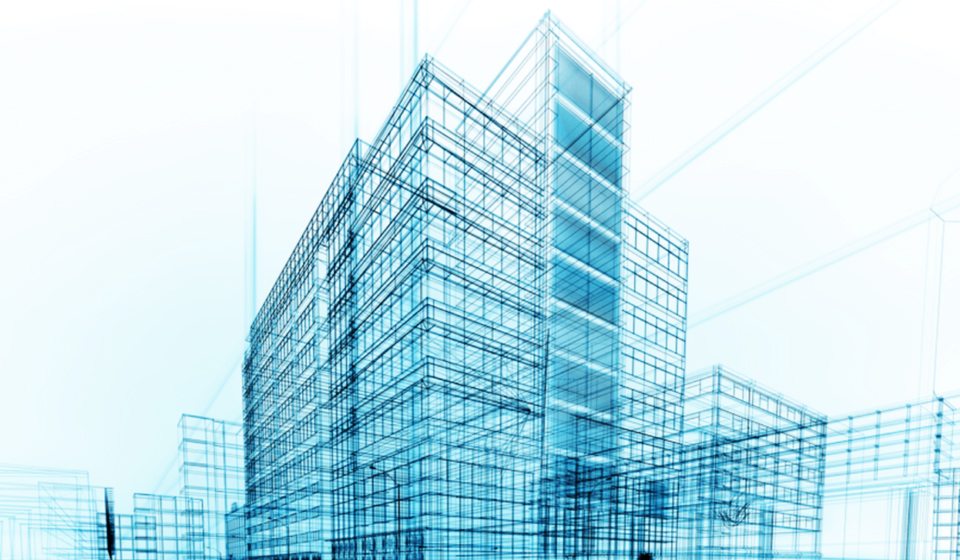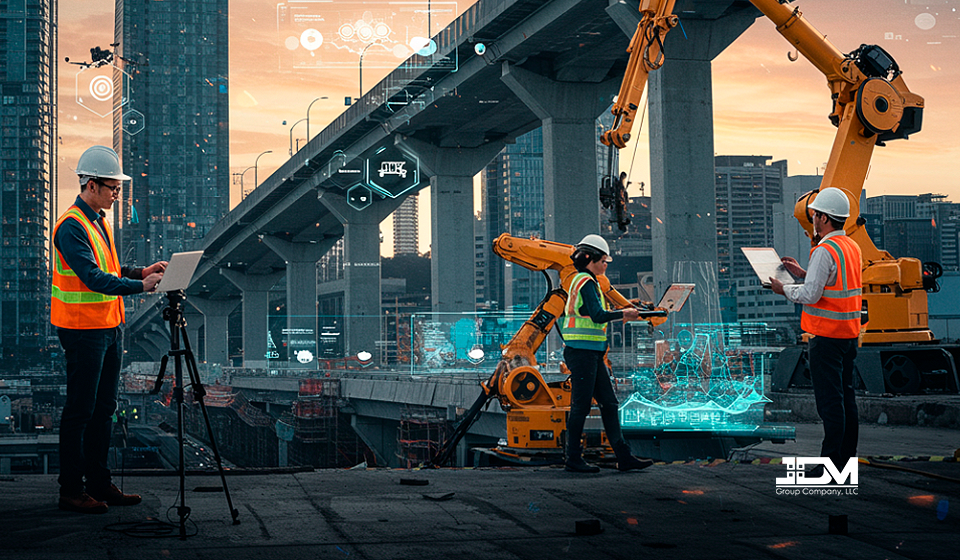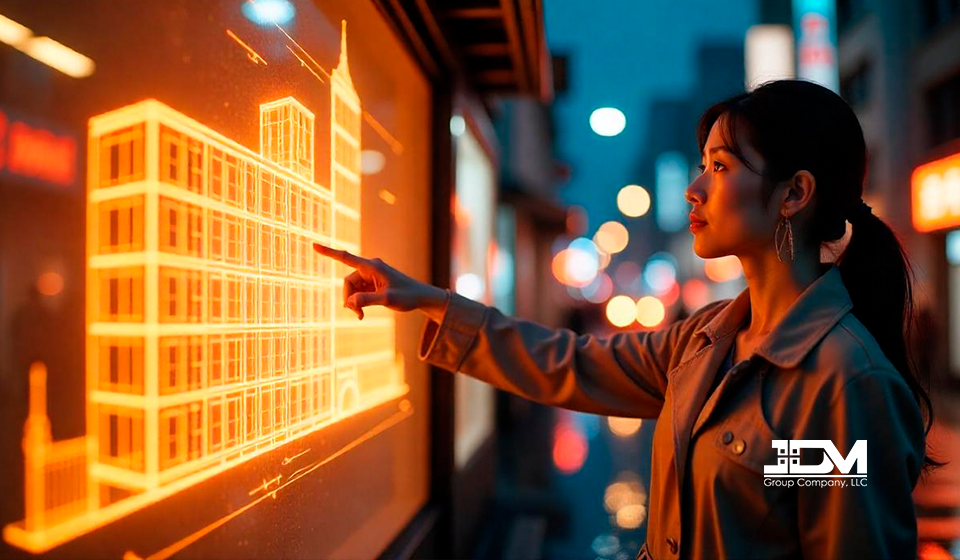Innovations in Sustainable Architectural Design for 2025

The Future of Construction: A Sustainable Outlook
January 2, 2025
Differences Between Architectural Design and Civil Design: Which One Does Your Project Need?
January 30, 2025In the realm of architecture and construction, sustainability has evolved from a fleeting trend to a critical necessity. By 2025, sustainable architectural design focuses not only on reducing environmental impact but also on creating more resilient, efficient, and healthy spaces for occupants. Below, we explore some innovations redefining the landscape of sustainable design this year.
1. Advanced and Eco-Friendly Building Materials
Significant innovations in sustainability stem from the development of new construction materials. Notable examples include:
- Low-emission concrete: Produced with recycled materials and processes that reduce CO₂ emissions.
- Biomaterials: Mycelium panels, algae bricks, and modified wood offer strength combined with ecological benefits.
- Smart glass: This material regulates light and heat entry, optimizing energy efficiency.
2. Biophilic Design
Biophilic design continues to gain popularity by integrating natural elements into built environments to enhance human well-being. This includes:
- Vertical gardens and green roofs to mitigate the urban heat island effect.
- Strategically placed windows to maximize natural lighting.
- Use of natural materials and textures that connect occupants with nature.
3. Smart Building Technologies
The integration of smart technology is revolutionizing sustainable design:
- AI-optimized HVAC systems that adjust temperature and ventilation in real-time based on needs.
- Environmental monitoring: Sensors measuring air quality, water consumption, and energy usage.
- Advanced solar energy with storage: More efficient solar panels paired with next-generation batteries.
4. Passive Design Strategies
Passive design remains a cornerstone of sustainable architecture. By 2025, these strategies are being refined through:
- Natural orientation and ventilation: Maximizing sunlight and airflow to reduce reliance on artificial systems.
- Advanced thermal insulation: Materials like aerogels and recycled fiber-based insulation offer greater efficiency.
- Adjustable shading techniques: Blinds and panels that automatically respond to climatic conditions.
5. Circular Design
The concept of a circular economy is increasingly applied in architectural design, involving:
- Designing buildings with recyclable or reusable materials.
- Incorporating modular elements that facilitate future renovations or dismantling.
- Minimizing construction waste through prefabrication.
6. Advanced Sustainable Certifications and Standards
By 2025, certifications like LEED, BREEAM, and WELL continue to evolve, incorporating stricter criteria related to:
- Use of renewable energy.
- Reduction of carbon footprints.
- Creation of spaces that promote occupant health and well-being.
Sustainable architectural design for 2025 is characterized by innovation and a commitment to a greener, more equitable future. As we adopt these technologies and approaches, we can transform not only how we build but also how we live and coexist with the environment. Implementing these solutions is not just a responsible choice but also a strategic investment in the future of our planet and communities.




